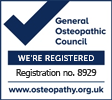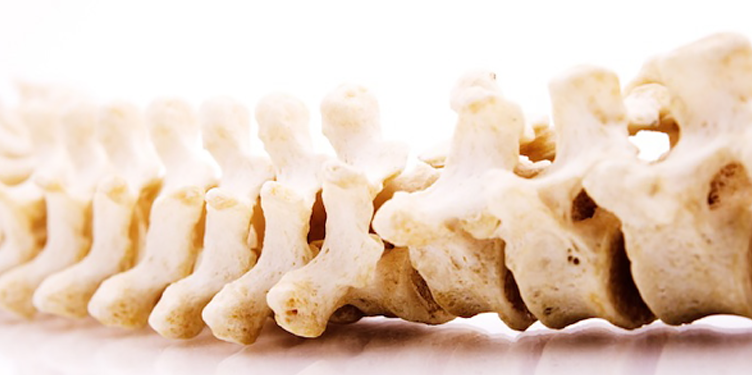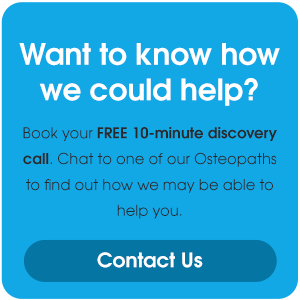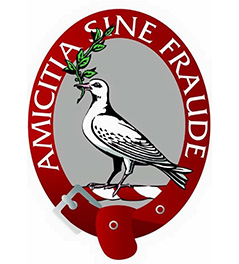“What is Osteopathy?” is a question we are asked quite a lot, as you can imagine!
Osteopathy works by encouraging the body’s natural process of healing. If the biomechanics of the body and its tissues can be returned towards efficiency then some or all aspects of the patient’s symptoms can be resolved. Osteopathy may be able to help with symptoms such as high muscular tone, joint pain and fluid retention or help improve the function of the abdominal, pelvic or respiratory organs. Therefore there are very few people, no matter what their symptoms, that do not benefit from hands on treatment.
We treat the individual not the disease. Therefore each person is assessed in terms of their body and their circumstances. Osteopathy might not ‘cure’ some disabilities such as Cerebral Palsy and Down’s syndrome, or the more advanced chronic diseases such as Cancer and Rheumatoid Arthritis, but it helps alleviate many of the associated problems.
How Osteopathy can help you
Osteopathy is a primary health care system, complementary to other medical practices. It is suitable for almost anyone and can contribute to the treatment and management of a wide range of conditions. Osteopaths primarily work through the neuro-musculo-skeletal system, mostly on muscles and joints, using holistic and patient-centred approaches. A core principle behind osteopathy is the idea that the body is an integrated and indivisible whole, and contains self-healing mechanisms that can be utilised as part of the treatment. No part of the body works, or can be considered, in isolation.
Osteopathy Diagnosis
Relevant psychological and social factors also form part of the process of patient diagnosis. The key tools for osteopathic diagnosis include listening to the patient’s history, examining muscles and joints and observing movements. X -rays, scans and other clinical investigations are also used if required. A wide range of gentle, non-invasive manual techniques such as deep tissue massage, joint articulation and manipulation are applied therapeutically. Osteopaths must be registered with the General Osteopathic Council in order to practice. Patients may be referred by their doctor, or may opt to see an osteopath independently.


















